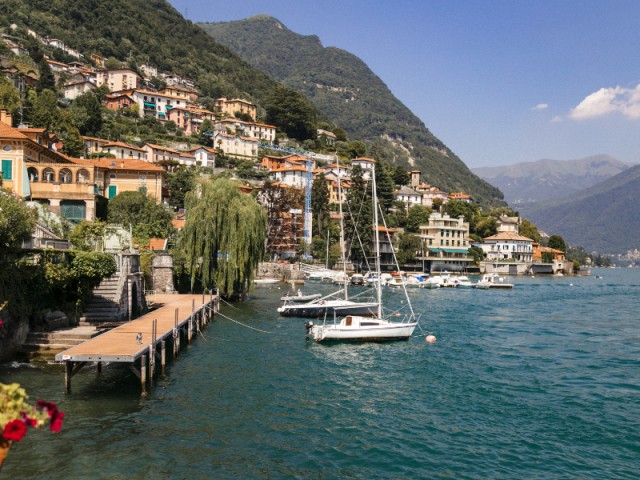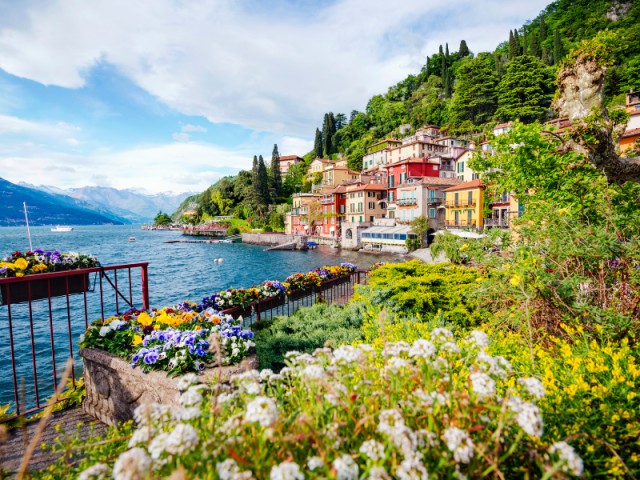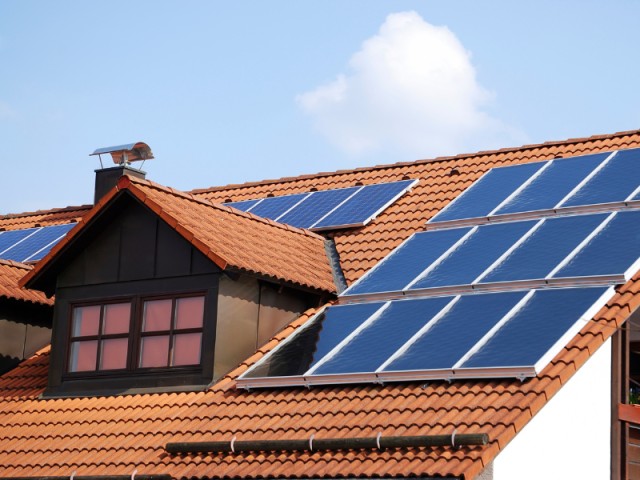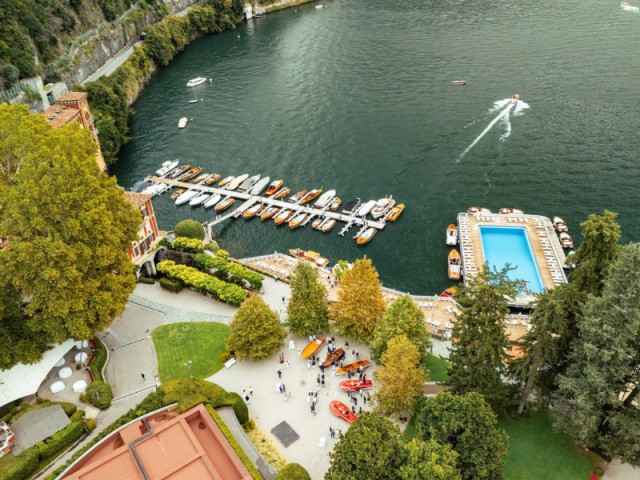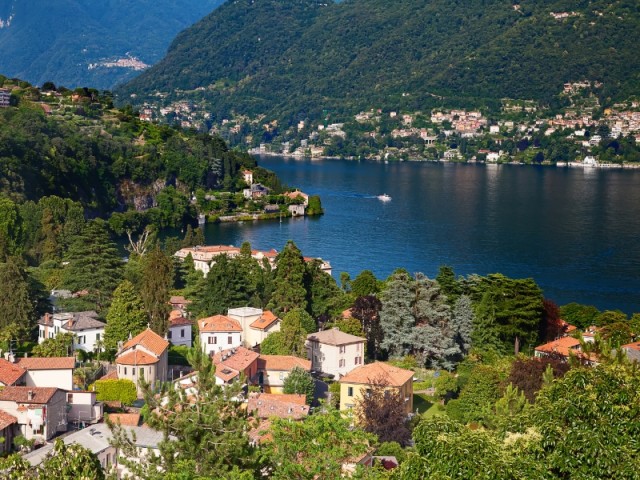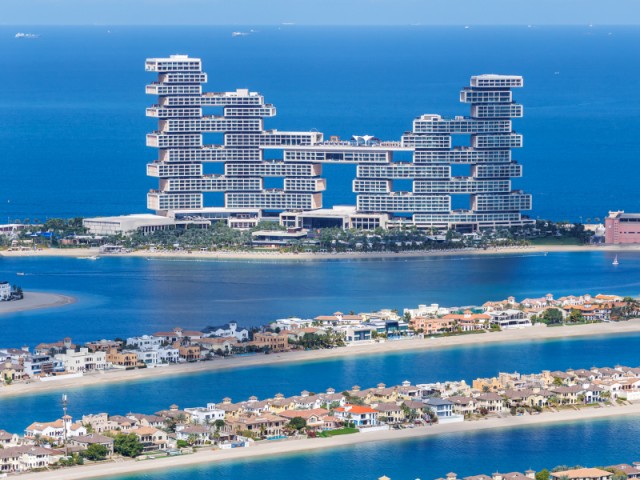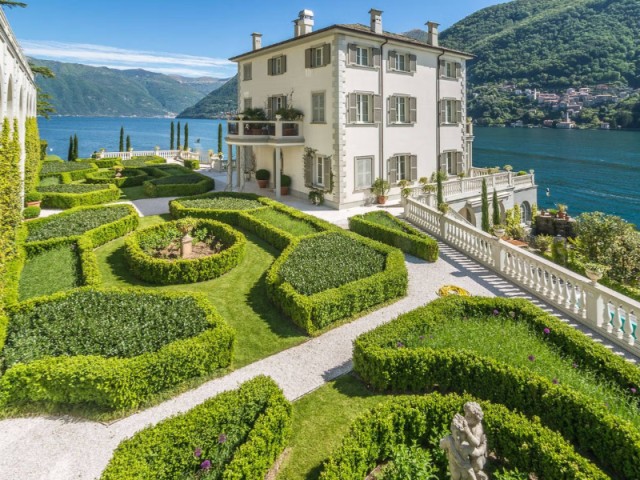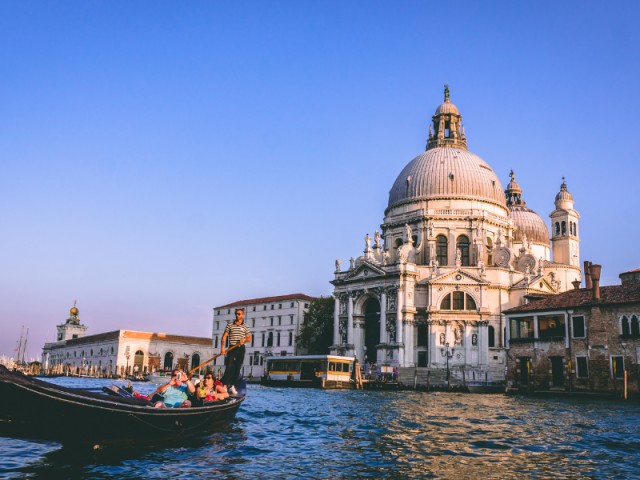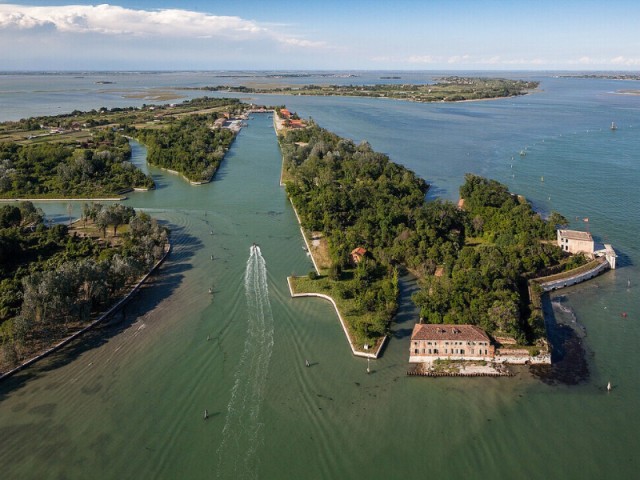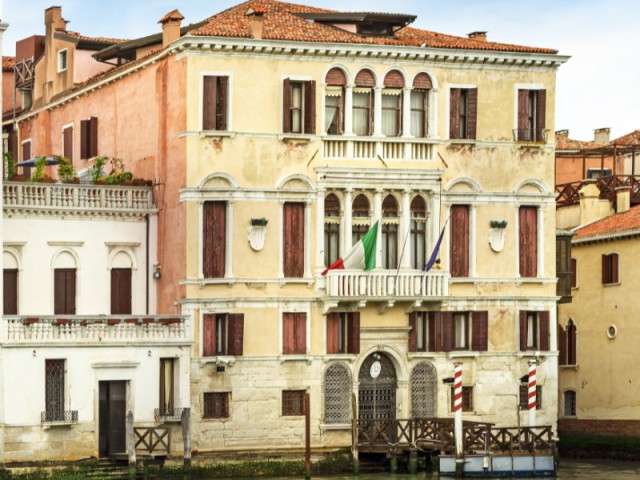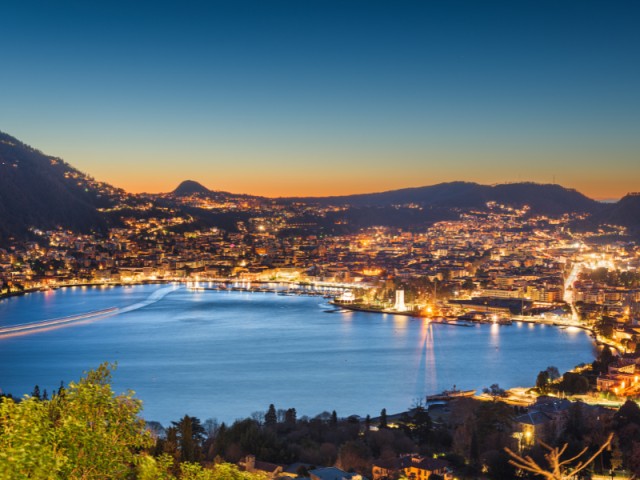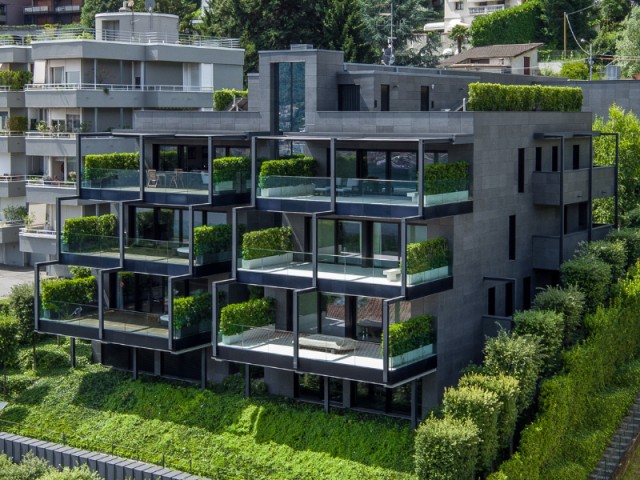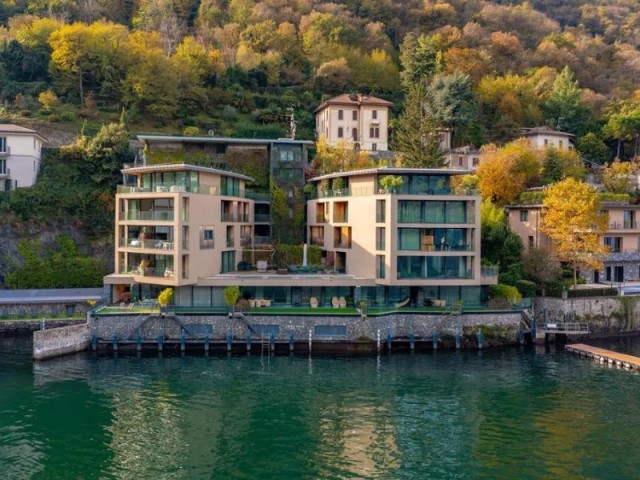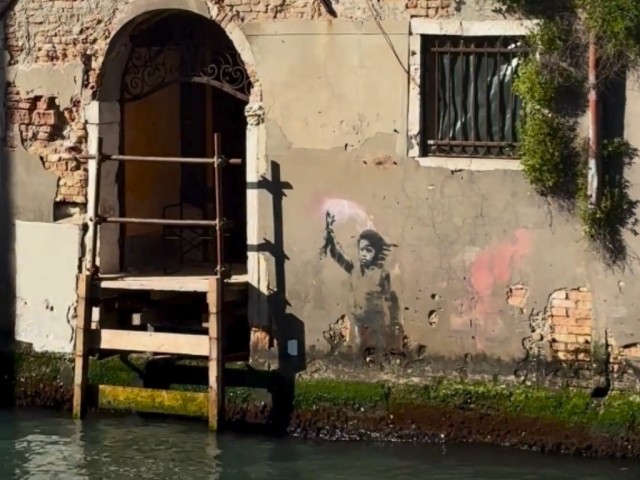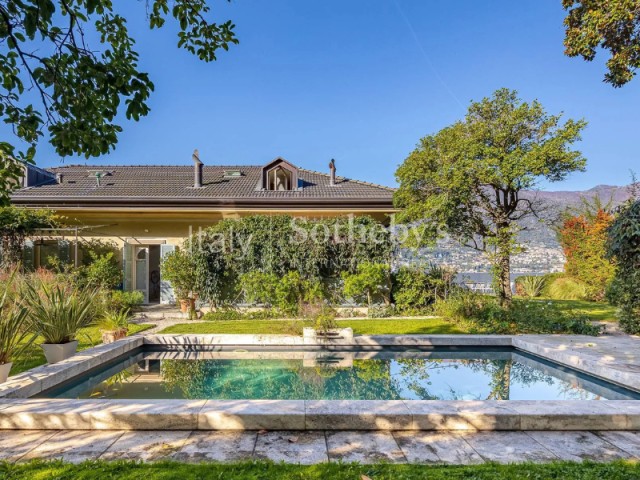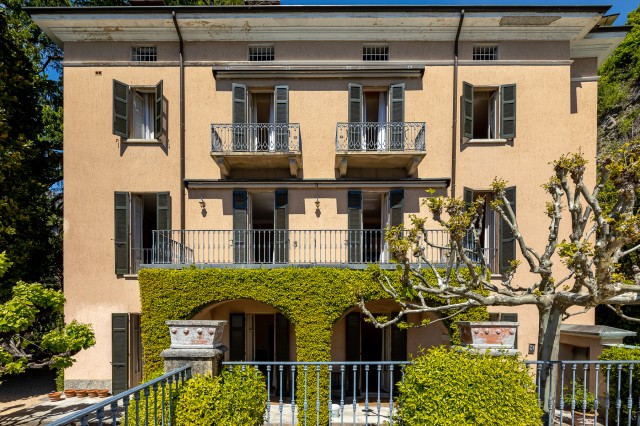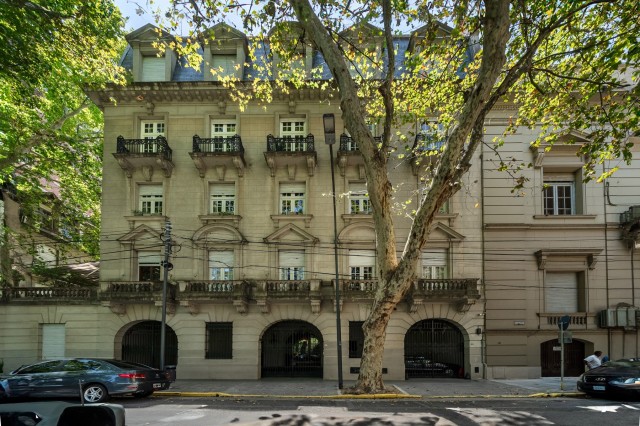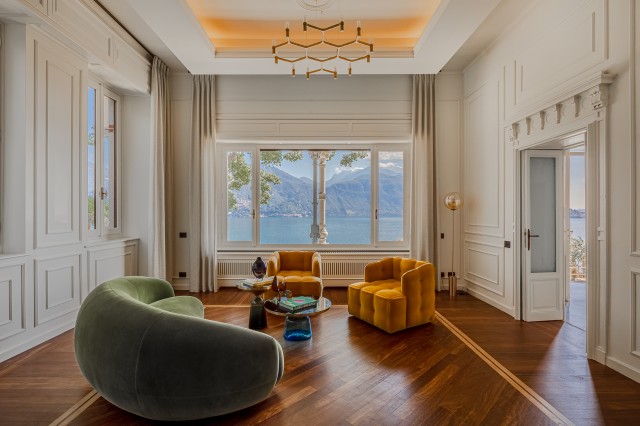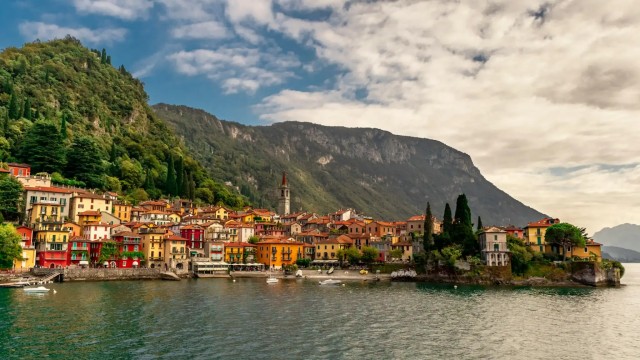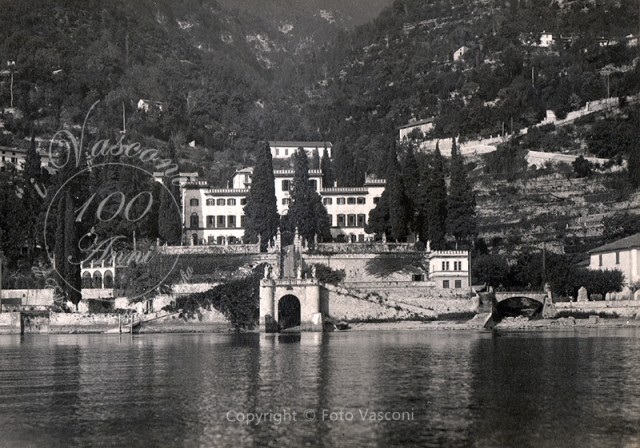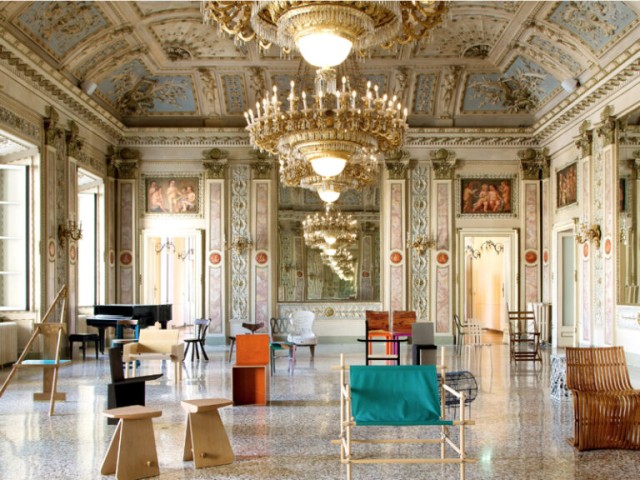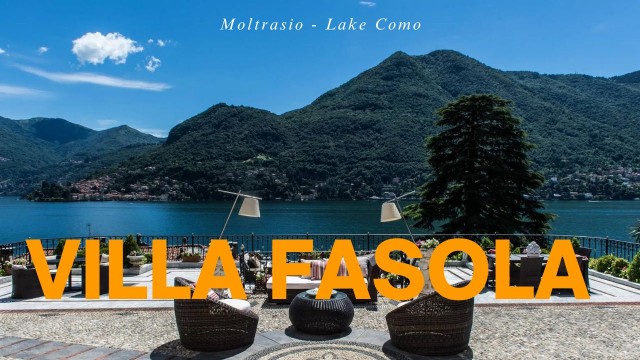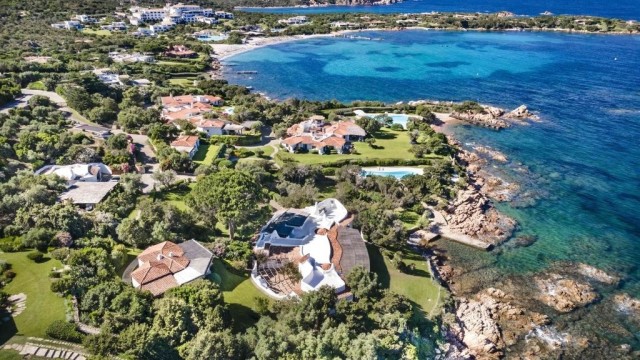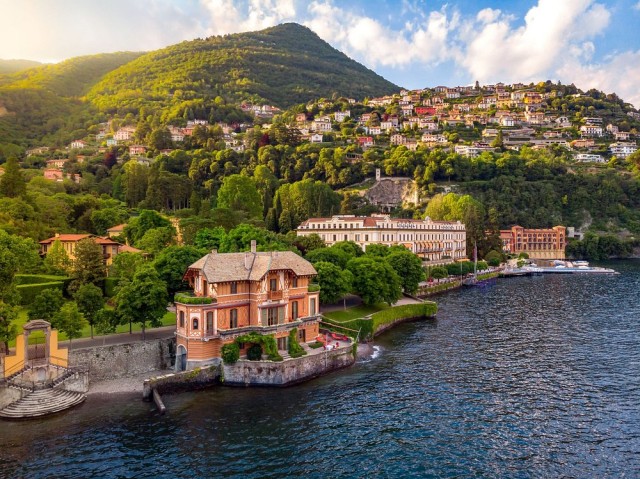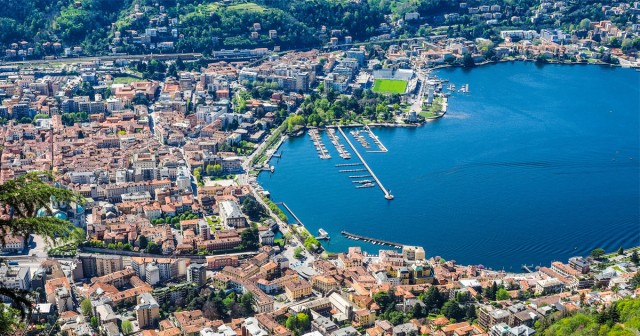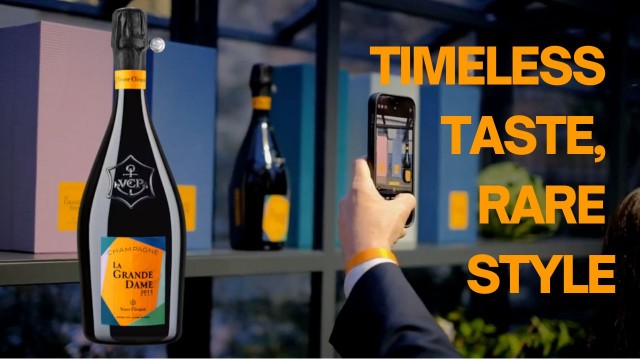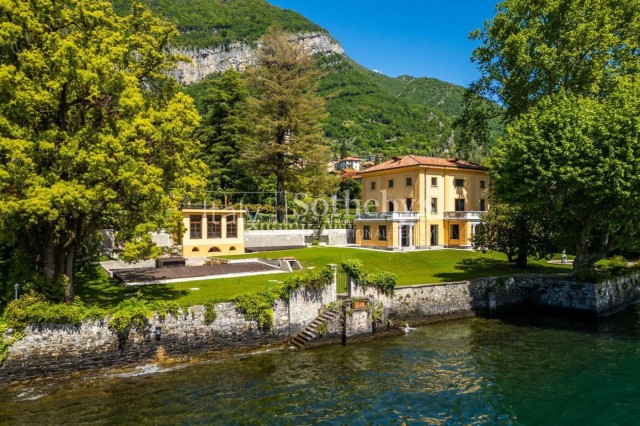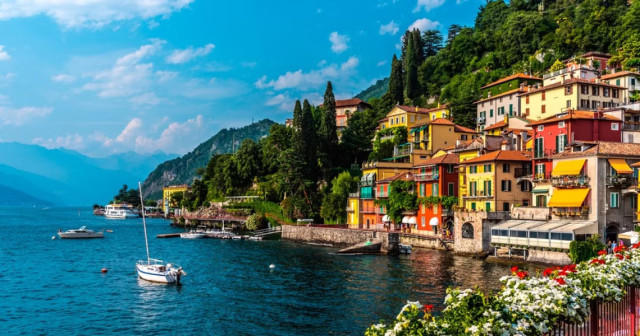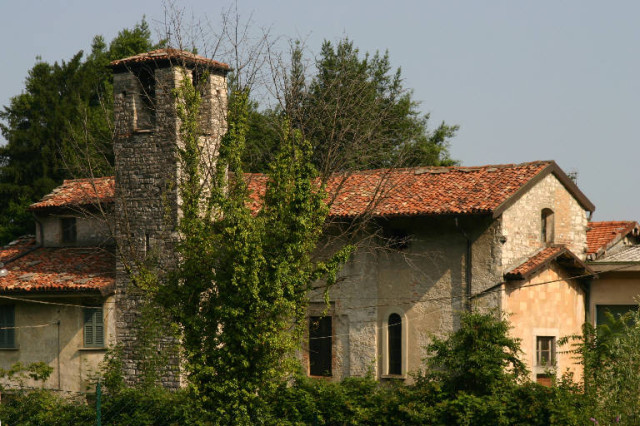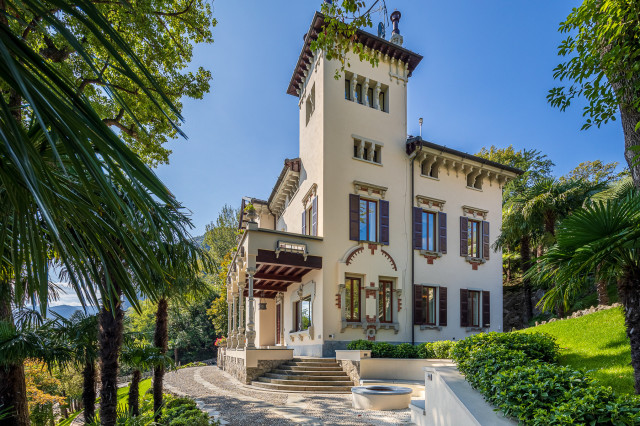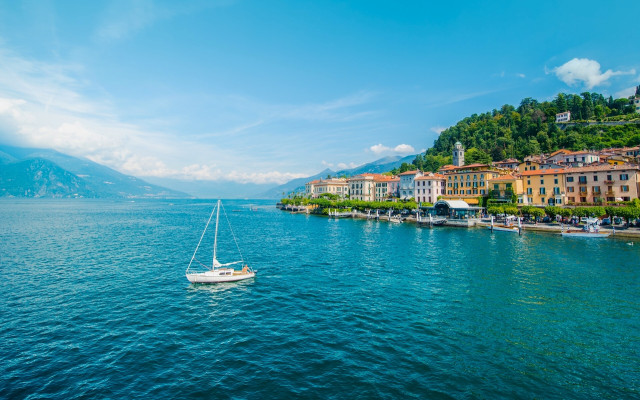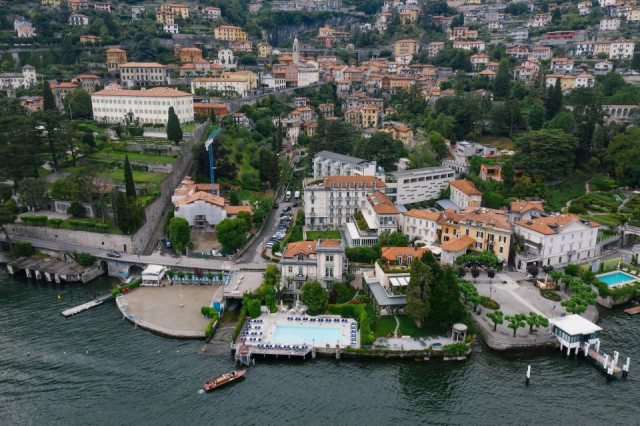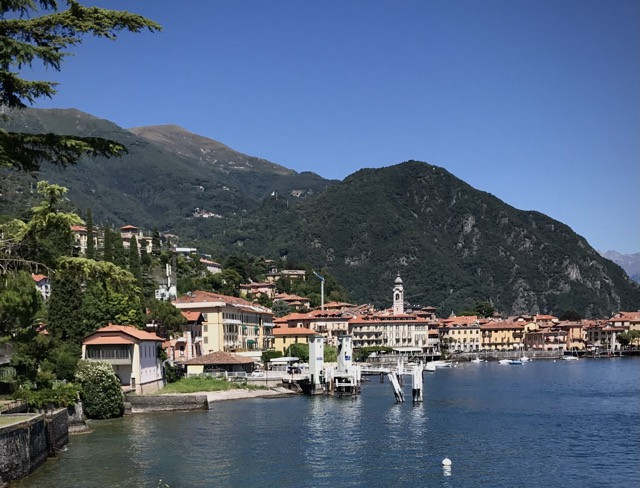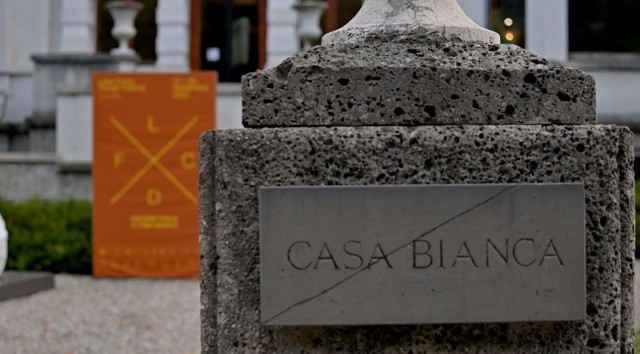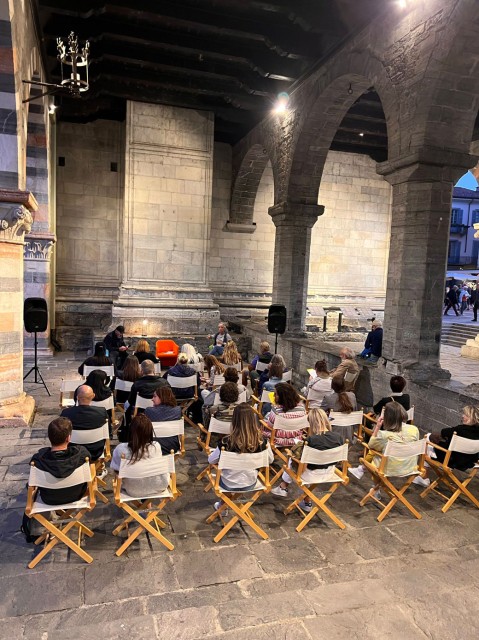
al numero 02403852508
Copyright © 2025 Diego Antinolo
All Rights Reserved
How a 77% surge in investment reveals a new kind of market resilience.
In an economic environment marked by complex geopolitical dynamics and fluctuating interest rates, the Italian real estate market is demonstrating remarkable strength and resilience. The latest research from PwC Italy reveals a narrative of growth, driven by key sectors and a strategic reassessment by investors.
A Strong Start to 2025
The first half of 2025 has been a powerful period for Italian real estate. According to a PwC report, investment volumes reached €5.5 billion, a staggering 77% increase compared to the same period in 2024. This momentum is fueled by major urban centers, with Milan and Rome attracting over half of the national investments, cementing their status as magnets for both domestic and international capital. The retail sector, in particular, saw a dramatic rebound, with investments more than doubling to €1 billion in the first six months. This surge is a clear signal of renewed confidence in the market's long-term potential.
The New Investment Paradigm
This environment has forced a strategic reassessment by investors, as highlighted by Antonio Martino, PwC Italy's Real Estate Advisory Leader. He notes that interest rate fluctuations are reshaping investor strategies, making it crucial to look beyond traditional financing costs. The focus is now on tangible, high-yield assets. This is leading to a growing trend of institutional and private capital moving into specialized sectors that were once considered niche, such as data centers.
The Rise of the Data Center
The PwC report also shines a light on the data center market in Italy, which is experiencing significant growth. Driven by the expansion of cloud technologies and the increasing demand for digital services, investments in this sector are projected to grow substantially. Major urban areas are becoming hubs for this infrastructure, where access to connectivity and power is essential. This is not just a technological trend, but a real estate one. The demand for these highly specialized assets is creating a new investment category, supported by a clear regulatory framework that prioritizes both sustainability and reliability.
From my perspective, these dynamics confirm a broader trend I’ve seen emerging on Lake Como and beyond: true value today is found where long-term quality meets foresight. The most meaningful investments are no longer just about location—they’re about vision. In a world reshaped by global shifts and evolving lifestyles, those who understand how to align timeless quality with forward-looking purpose will be best positioned to thrive.
On Lake Como, this means choosing properties that not only offer beauty and heritage, but also a strategic role in the region’s future. In a market that demands thoughtful recalibration, quality and clarity of vision remain the most enduring forms of value.

